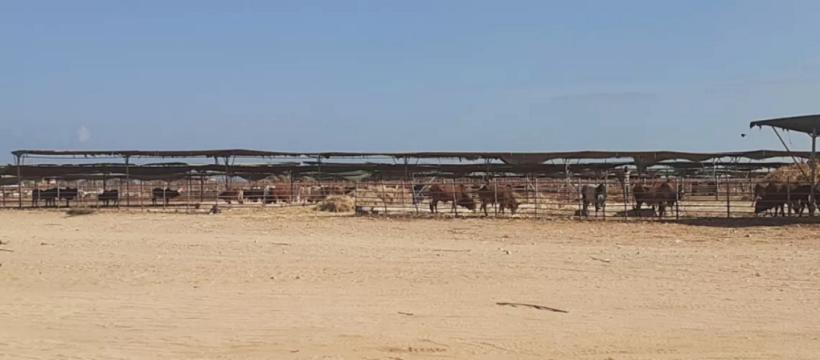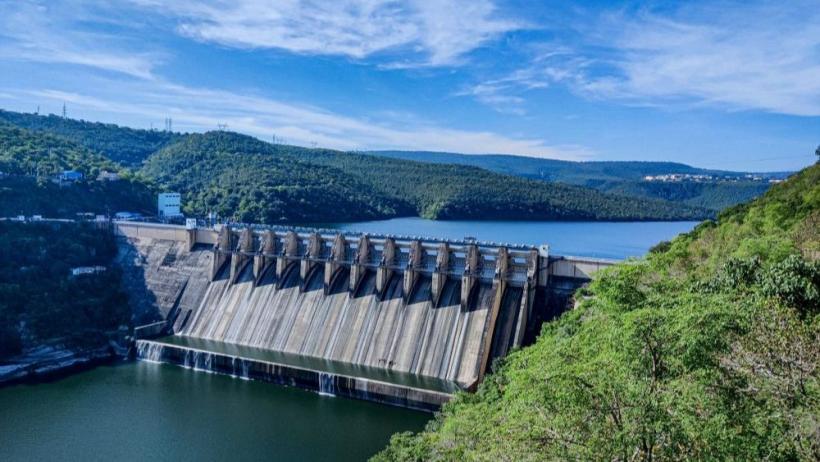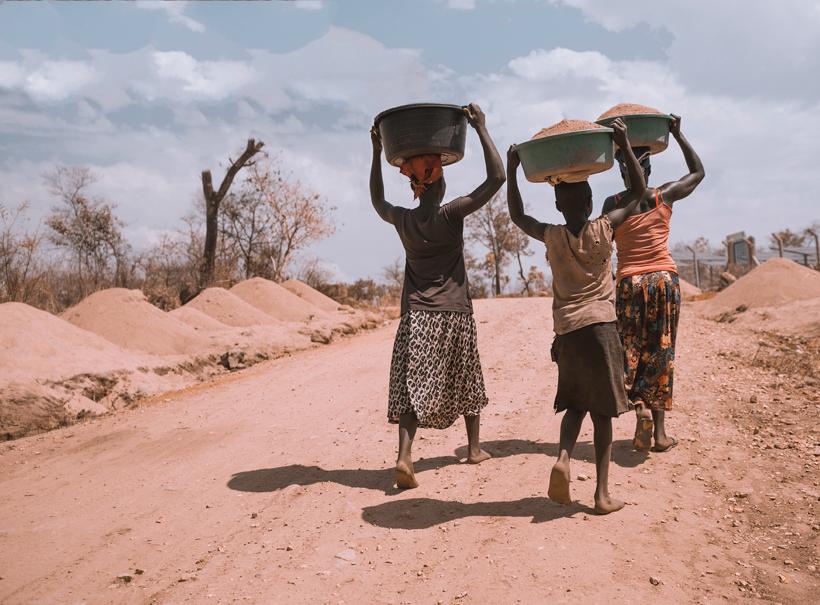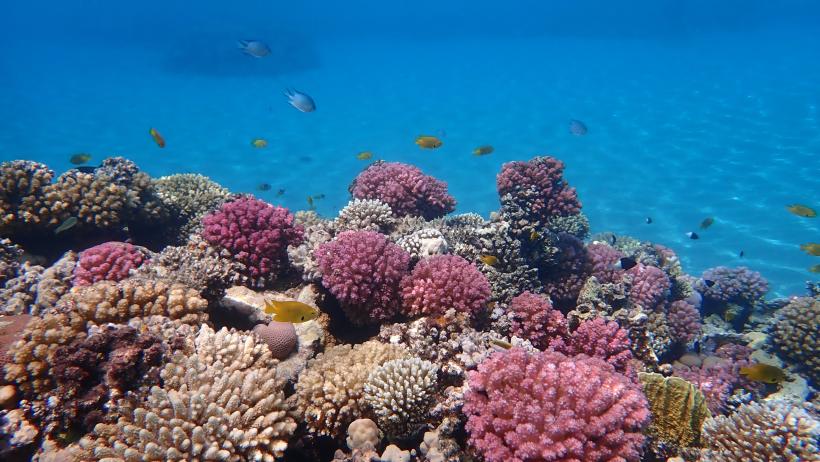Our blog
Featured Blogs
Pastoralists rely primarily on livestock for their livelihoods. This makes them more vulnerable to climate-related shocks, and therefore they have the highest poverty rates in Somalia. When drought hits, their animals either die or are sold at rock bottom prices. And yet Somalia’s livestock trade contributes to almost 80% of the country’s foreign currency earnings, with much of the livestock exported to countries in the Arabian Peninsula, such as Saudi Arabia, Yemen, Oman, and the United Arab...
The COVID-19 pandemic was a major global health and economic shock that underscored, amongst other things, the importance of the water sector to public health and the need for institutional, business, and community resilience. When the COVID-19 pandemic emerged, availability of clean water, handwashing with soap, and good hygiene practices were essential to arrest and prevent further spread of disease, alongside proper sanitation and wastewater treatment. As a result, water supply and sanitation...
“We must dare to invent the future”. The Government of Uganda (GoU) is embracing Thomas Sankara’s dictum. Even as Uganda remains at the center of Africa’s largest refugee crisis, hosting almost 1.6 million refugees and asylum seekers (the fifth largest number in the world), the GoU approaches the crisis as a development opportunity. Its Displacement Crisis Response Mechanism (DCRM) facilitates rapid scale-up of public services in poor and vulnerable host communities experiencing displacement...
The vulnerability burden of small states Small states are particularly exposed to the financial impacts of shocks, varying from natural disasters to the ongoing COVID-19 pandemic and man-made events such as the Ukraine war. The shocks disproportionally and recurrently affect small states due to their peculiarities. They have small populations and economic bases combined with geographically concentrated economies, which makes them particularly vulnerable to shocks. They tend to be geographically...
In 2017, a World Bank team met with donor partners from Germany and the United Kingdom to discuss how to shape the future global disaster risk finance agenda. The Caribbean, and parts of Latin America and the USA had just been hit by a series of devastating hurricanes, costing thousands of lives, and leaving affected countries with the highest ever recorded damages. As natural disasters and climate shocks increasingly threatened lives, assets, and livelihoods — especially poor and vulnerable...
Alongside increased focus on climate change, the discussion has widened to consider nature and biodiversity. It is becoming increasingly apparent that there is both a direct and indirect financial threat from nature degradation and reduced biodiversity. This is still an evolving area, where we expect the COP 15 in Q3 2022 to set the agenda for the next few years. The G20 Sustainable Finance Roadmap (G20 SFWG, 2021) highlighted the need to integrate nature and biodiversity in future work on...
In 2019, a devastating earthquake struck Albania. It was estimated to be a 1-in-100 year event, causing significant damages and losses to the country. Just a few months later, the COVID-19 pandemic swept through the country. It presented immense difficulties for the Albanian economy which was still trying to recover from the earthquake. As the consequences from these events unfolded, many Albania businesses, particularly micro, small and medium enterprises (MSMEs) had to close or suspend their...











